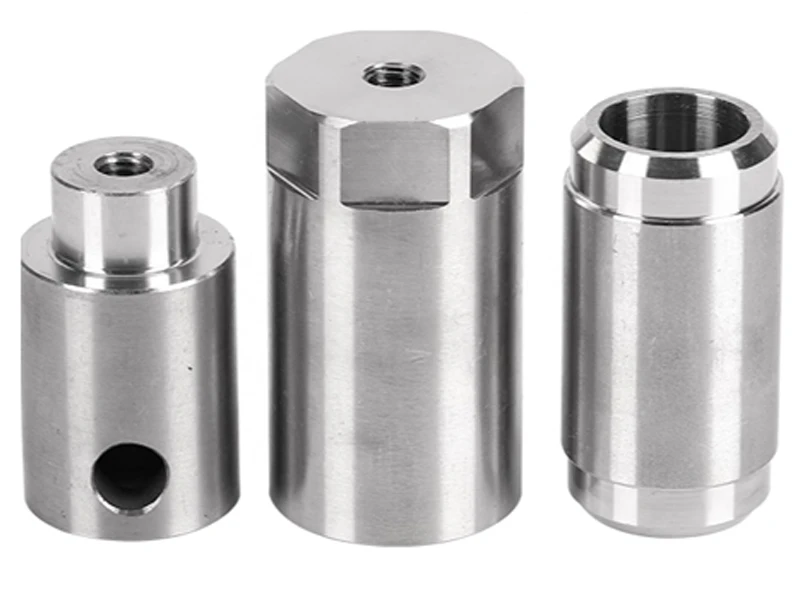Stainless steel material is increasingly widely used in today’s world due to its remarkable corrosion resistance properties, but different kinds of stainless steel have different application areas. This article will bring you a comprehensive understanding of the classification and properties of stainless steel, to help you choose the most appropriate stainless steel material for your products.
Table of Contents
Classification of Stainless Steel
According to the organization of the crystal structure:
1. Austenitic stainless steel
| Common grades | Ingredient characteristics | Performance characteristics |
| 304 | Cr:18%,Ni:8% | Good corrosion resistance, easy to form and weld,production accounted for 70% of the stainless steel. |
| 316L | Cr:16%,Ni:10%,Mo:2% | Superb corrosion resistance, easy to form and weld. |
| 321 | Cr:18%,Ni:9%,Ti | Good corrosion resistance, high temperature resistant. |
2. Martensitic stainless steel
| Common grades | Ingredient characteristics | Performance characteristics |
| 410 | C:0.15% | Better corrosion resistance, magnetic. |
| 440C | C:10% | High hardness, good abrasion resistance, and high corrosion resistance. |
3. Ferritic stainless steel
| Common grades | Ingredient characteristics | Performance characteristics |
| 430 | Cr:18% | Good thermal conductivity, easy to weld. |
| 444 | Cr:18%,Mo | Higher corrosion resistance,excellent resistance tovibration and heavy pressure. |
4. Duplex stainless steel
| Common grades | Ingredient characteristics | Performance characteristics |
| 2205 | Pitting Resistance 35 | Excellent performance in a variety of corrosiveenvironments, easy welding and machining. |
| 2507 | Pitting Resistance 42 | Higher corrosion resistance, strength and hardness than 2205, high plasticity |
5. Precipitation hardening stainless steel
| Common grades | Ingredient characteristics | Performance characteristics |
| 17-4PH | Cr:17% | Uitra-high strength (1380MPa), high corrosionresistance, good machinability. |
| 15-5PH | Cr:15% | High strength, main toughness, corrosion-resistant,good processing performance. |
Classified according to functional characteristics:
1. Corrosion-resistant stainless steel: common grade 316L
2. Heat-resistant stainless steel: commonly used grade 310S
3. Free-cutting stainless steel: commonly used grade 303
4. Non-magnetic stainless steel: common grade 316L (annealed)
5. Ultra-low carbon stainless steel: 304L / 316L
Divided by corrosion resistance:
1. Stainless steel
2. Stainless acid-resistant steel
Comparison of the properties of commonly used stainless steel and carbon steel
In industrial production, the most used stainless steel materials are 304 (austenitic stainless steel) and 440C (martensitic stainless steel), and the most used carbon steel is AISI1045. By comparing the properties of the three commonly used steels below, it will make it easy for you to determine which steel you should choose for the product you need.
| Performance indicators | Austenitic 304 | Martensitic 440C | ASI1045 |
| Yield strength (MPa) | 205-250 | 450-1900* | 350 |
| Tensile strength (MPa) | 515-620 | 760-2400* | 585 |
| Elongation (%) | 40-50 | 5-15 | 25 |
| Hardness(HB) | 150-200 | 250-600 | 170 |
* The yield and tensile strengths of martensitic stainless steels can change very dramatically after heat treatment.
How to Select the Right Stainless Steel Material for Your Product?
As a product engineer, you need to fully consider the function of the product in your industry, the environmental impact, service life, safety, and other factors, as well as the different performance characteristics of stainless steel in various areas to play its greatest role.
Food Processing Area
The primary concern of the food processing field is the safety and hygiene of food processing, then the food processing containers choose 316L, while the need to weld the tanks and conveying pipelines choose 316LMod, its corrosion resistance and abrasion resistance than the 316L increased by 30%.
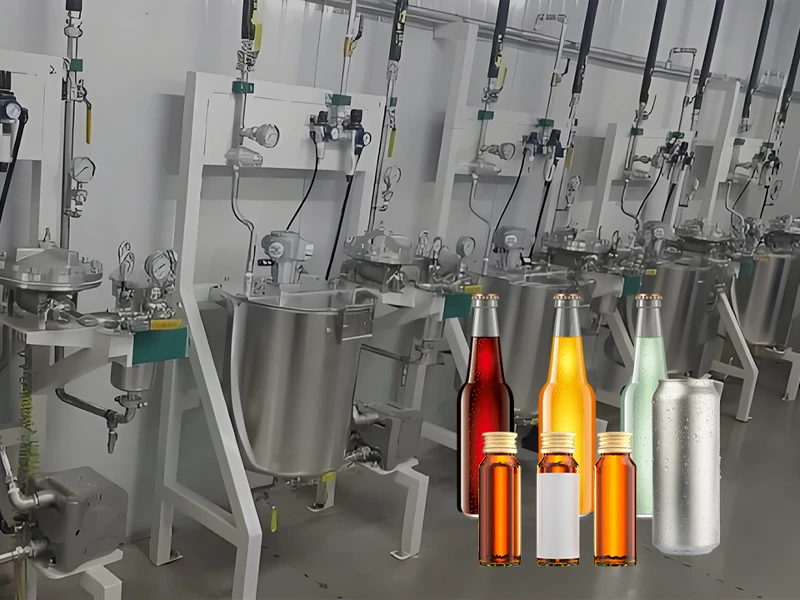
Medical Equipment Field
In medical applications, especially for medical implants like bone spikes and joint components, the preferred grade is 316LV, whose superb corrosion resistance, biocompatibility, and non-magnetic properties make it a commonly used medical grade stainless steel.
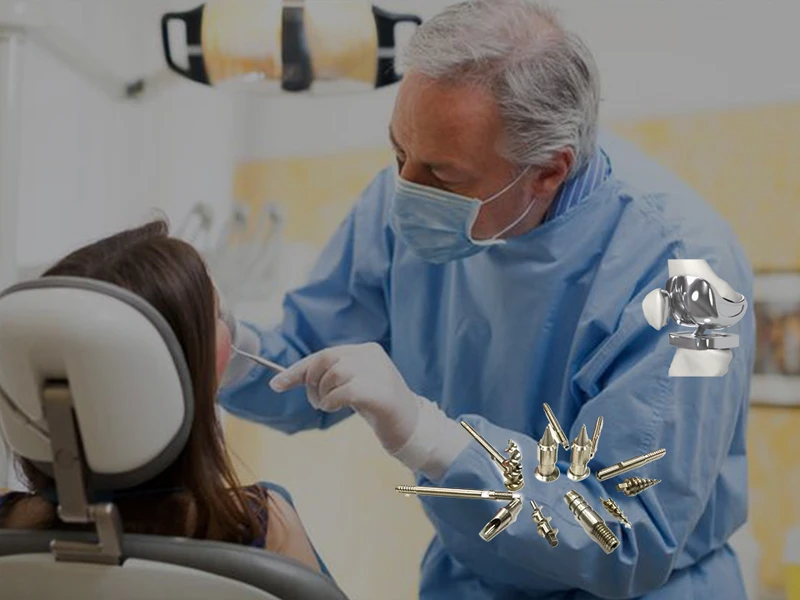
Architectural and Decorative Field
Stainless steel is chosen for railings, ceilings, metal decorations, door and window fittings of buildings, and these items are usually exposed to air for a long period of time, so you should choose 304 which has good corrosion resistance, and at the same time, it is easy to work with and can keep the surface bright for a long period of time.
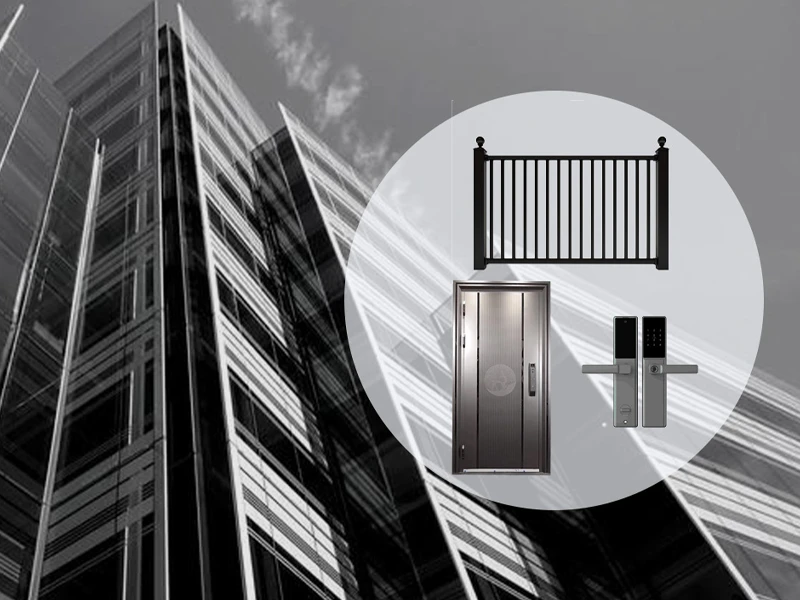
Automobile Manufacturing
There are many places where stainless steel parts are used in automobiles, and different types of stainless steel are chosen, but the most commonly used is 304. Some critical parts, such as seals, will use 301 with good elasticity, fasteners will use 316 with good corrosion resistance, and airbag sensors will use 304L.
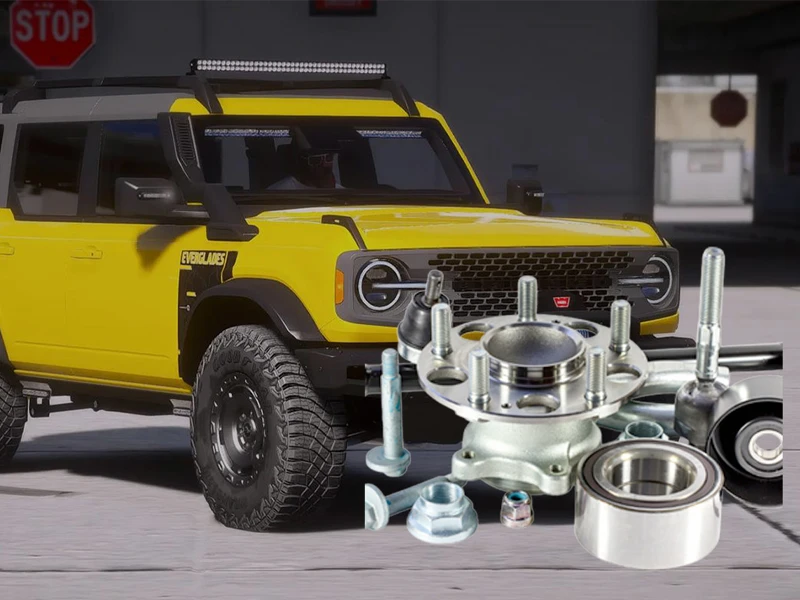
Marine Engineering Field
Ship parts made of stainless steel, the first to meet the conditions, is able to resist the corrosion of seawater. 2205 and 2507 are the best choices; this duplex stainless steel is characterized by very strong corrosion resistance and is easy to weld.
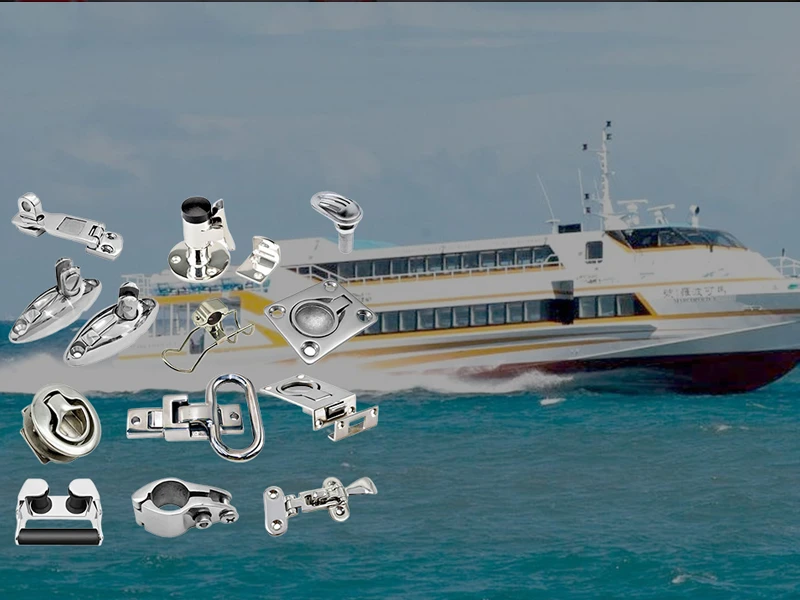
Aerospace Industry
Aerospace equipment is operated under extreme conditions, then its spare parts should be able to resist high temperature, high oxidation, and also have good toughness. If you are going to be used for the engine nozzle tail pipe, choose 321; for the landing gear parts of the aircraft, choose 17-4PH.

Electronics & Semiconductor Industry
Metal parts on electronics and semiconductors need to be non-magnetic, and also easy to weld and process. From the above characteristics of various stainless steels, 316L is able to meet these requirements of the material it is after a special annealing treatment magnetic permeability can be reduced to below 1.02.
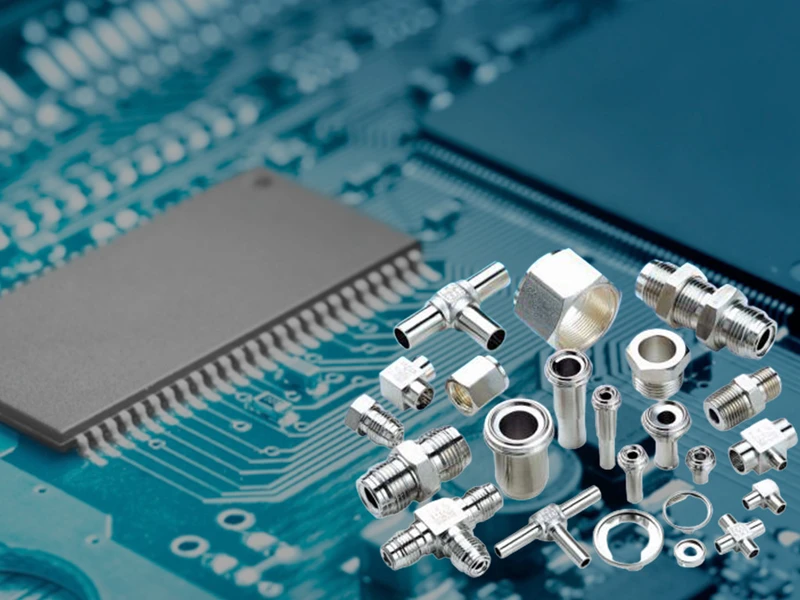
As a professional metal machining parts manufacturer, AFI Industrial Co., Ltd. has provided tens of thousands of customized stainless steel parts for our customers for more than ten years. We hope this article can help you choose the most suitable stainless steel material for your products, and you are also welcome to consult with our professional engineers for more suggestions on stainless steel products in terms of production efficiency, production cost, quality assurance, and so on.


